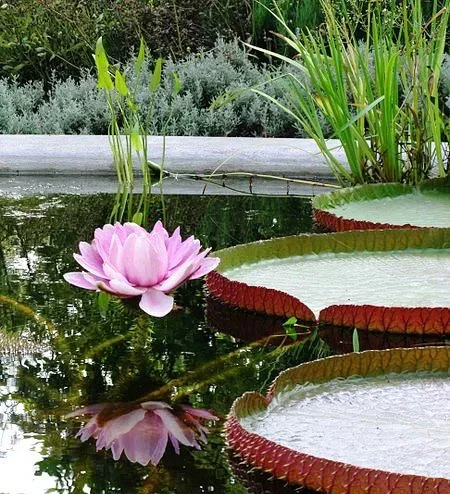OK! This post made me disclose the secret! :blah:
DID you have to wait till #301 appeared???
OK! This post made me disclose the secret! :blah:
Dear Sis,
Hope you remember the reason for not clicking the like button!
Already, I have written more than once. :typing: . .











View attachment 2704
These water lilies have very large green leaves that spread flat on the water's surface. The one shown in the video is called Victoria amazonica which has a leaf that is nearly 10’ in diameter, on a stalk about 25 ft in length. The genus name was given in honour of Queen Victoria.
Victoria amazonica is native to the shallow waters of the Amazon River basin.. The flowers are white on the first night they bloom and become pink the second night. They are up to 40 cm in diameter, and are pollinated by scarab beetles. The first published description of the genus was made by one John Lindley in 1837, who named the genus after the new Queen, Victoria, and the species Victoria regia.
Time-lapse video of a giant water-lily blooming!




 [FONT="]
[FONT="]






































Hello VR Mam,:happy::clap2: :cheer2:.super ,super ,&super.I just love the wonderful pictures posted.
